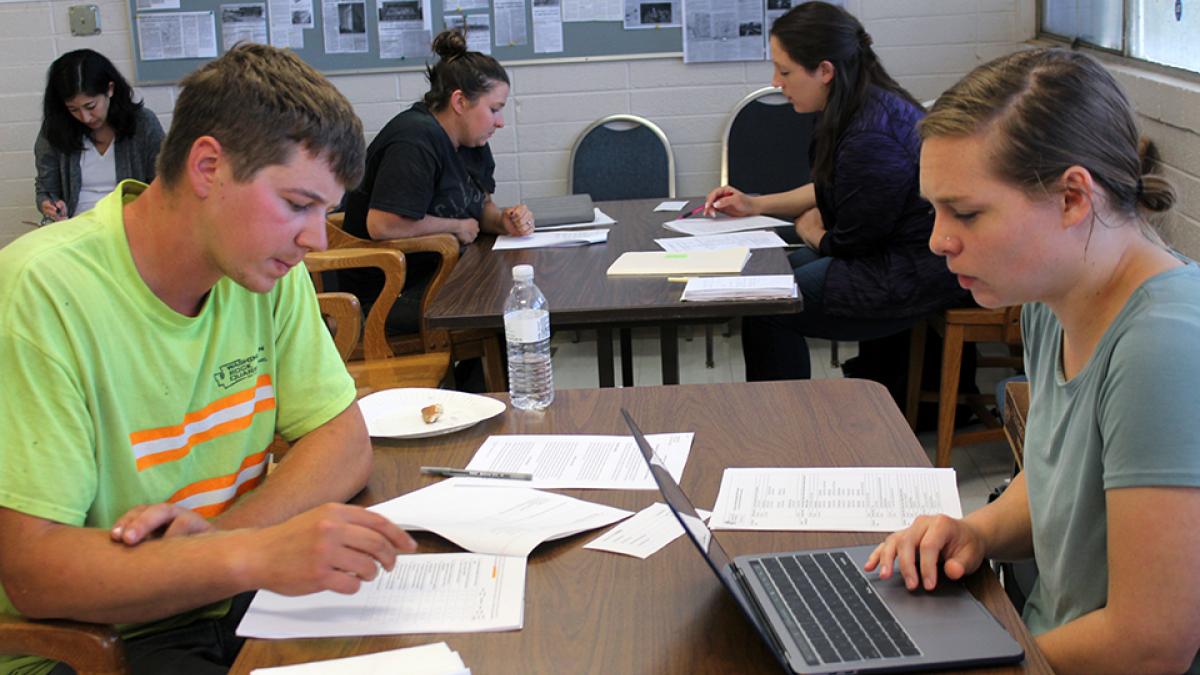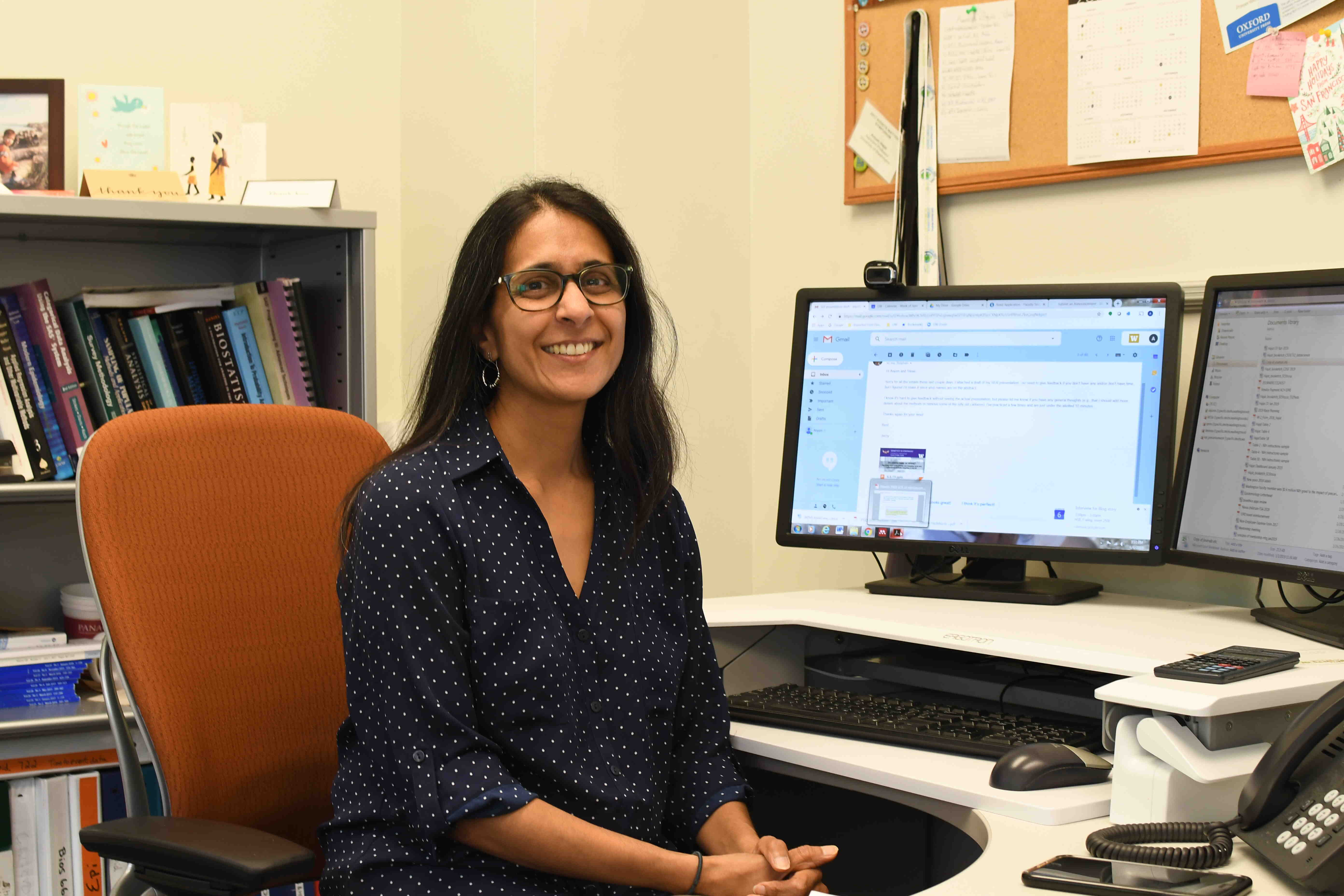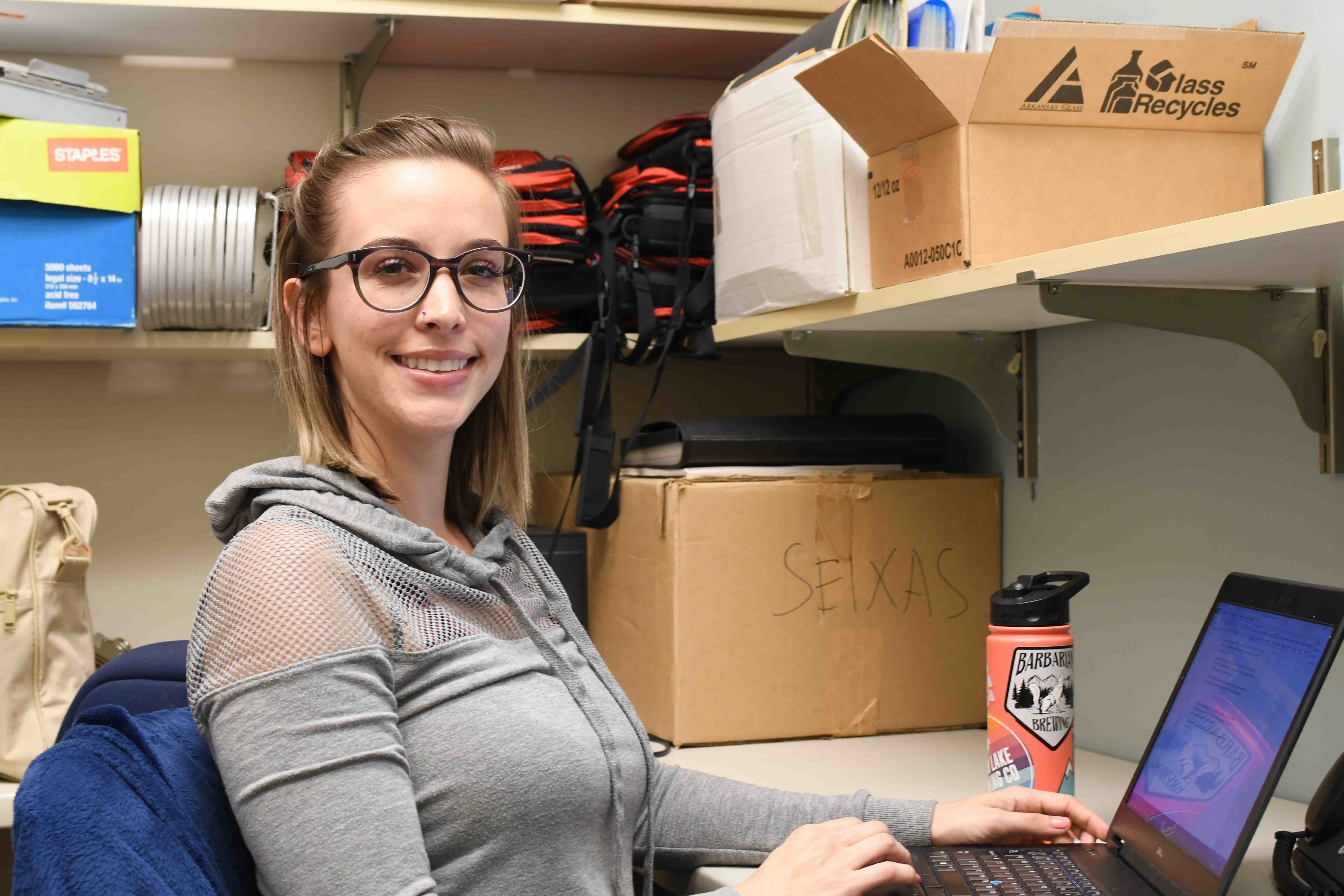
Survey results reveal that gender discrimination is more pronounced for women in construction and is associated with higher levels of perceived stress.
A worker who feels persistent stress in the workplace due to discrimination is unlikely to perform optimally. If they work a physically demanding job they may end up being injured or sick more often, and likely less efficient at their tasks.
Noah Seixas, an EDGE member and professor with the University of Washington's Department of Environmental and Occupational Health Sciences (DEOHS), has been interested in workplace discrimination for the last 10-15 years, especially as it pertains to underrepresented workers. "When you look at groups with higher risks of hazards you realize that hazards are inextricably linked to discrimination," he explains.
It was through Nancy Simcox, Director of the University of Washington's Continuing Education Programs for DEOHS, that Seixas was connected with Washington Women in Trades, a nonprofit group that works to promote and facilitate access for women in the skilled trades. Immediately he recognized women in construction as a vulnerable subpopulation. "The risks that women construction workers are exposed to are very wrapped up in discrimination. They're less able to protect themselves from traditional construction hazards because of pressure to perform beyond their capacity, because they're less likely to ask for help, and because they more often work alone."
In an effort to help address the problem, Seixas obtained money from the Washington State Department of Labor and Industries' Safety and Health Investment Projects (SHIP), for a study of workplace discrimination against women in the trades. The original focus of his grant was on studying safety risks affecting tradeswomen. After finding that women reported higher perceived stress and gender discrimination relative to men in the trades, the study evolved into a pilot mentorship program.
The scope of the project expanded again when Anjum Hajat received support from the Medical Aid and Accident Fund to test whether biomarkers of stress showed similar patterns to the self-perceived stress results.
Hajat is also and EDGE member and an assistant professor of Epidemiology. Her work focuses on chronic stress as it relates to poverty and financial instability. She uses a series of biomarkers in blood associated with the immune system and the system that regulates stress hormones to assess how long-term pressures affect people physiologically.
"I'd been wanting to work with Noah for a long time," she explained, "to get a better understanding of how the biomarker piece fits into the broader intersection of health and equity in the workplace." Hajat was more familiar with the research on race, but she said the issues that women in construction face are very similar. "There's a constant vigilance that comes with having to face systemic discrimination. There's the feeling that you need to be better than others to prove yourself against the assumptions that you're not up to par. It's what is called the "black tax" in other contexts."
Jessica Porter, a master's student was brought in to help with the biomarker analysis after approaching Seixas for a project. "I think the most rewarding part of the project was looking at total worker health and realizing that harassment is an important exposure to assess outside of traditional exposures that you think about in the workplace," she said a few days after successfully defending her thesis.
All told, 39 workers from the carpenters, sheet metal and pipe trades participated in the study by filling out surveys and providing blood samples. Analysis of the survey data showed strong gender differences in factors like sexual harassment, heightened vigilance and perceived stress. These differences, although meaningful, were not born out by the biomarkers data which showed no significant differences based on gender.
"It was a small study with mostly young, healthy people," explained Hajat. "It should be considered a proof of concept. Now we know we can collect blood, centrifuge the samples and get them on ice all on site. It all worked really well, so hopefully next time we can get a bigger sample size." The team is continuing to pursue funding for a larger study of biomarkers associated with workplace discrimination. Meanwhile, they hope to partner with the Sheet Metal Workers International Union for a five-year study to evaluate the impact of mentorship on women apprentices' stress, safety, and retention.
The results of the study were shared with participants in two focus groups run by Hannah Curtis, the study coordinator and Orly Stampfer, a graduate student in DEOHS. "This was the third set of focus groups I've held with construction workers around issues related to workplace culture and women's safety. It's a refreshing break from academia that highlights the real impact of our work," said Curtis. “I’m grateful to the participants for being so candid with us and sharing their stories,” added Stampfer.
Feedback from the focus groups was used to create a summary of results that emphasized the gender differences in perceived stress and discrimination while also discussing the more ambiguous biomarkers data which showed no significant results of importance. The focus groups emphasized the value of union trainings and support groups for women. Reducing workplace stress for women can be expected to have many benefits for employers including better retention, better efficiency, fewer injuries and fewer sick days.
"It shouldn't be a surprise," said Hajat, "but I was taken aback by the candor and openness in the way women talk about discrimination in the workplace. I had hoped it wouldn't be as bad as it is. It would be nice to see studies like this one create change in higher level policies."
Curtis added that it’s reassuring to see the trades supporting studies like this one to help make the culture safer and more inclusive for underrepresented workers.





.jpg)